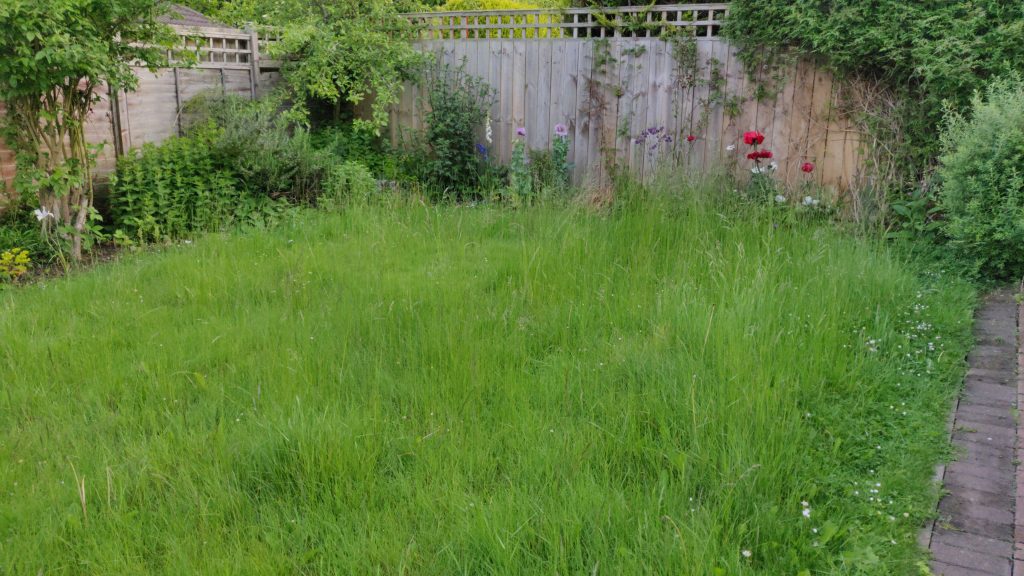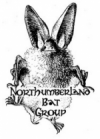Bats are predators (they eat insects in the UK) so are good indicators of a healthy ecosystem. If your garden is wildlife-friendly, chances are it will also be bat-friendly. Bats often use hedgerows as a hunting ground (as hedgerows often attract lots of insects); bats also use hedgerows as a route to follow to other hunting grounds (commuting routes). Ponds are a good source of insects for bats, as are night flowering plants such as evening primrose, honeysuckle and night scented stocks. As a result, the use of insecticides in gardens and the wider countryside are not good for bats – at all…

The Bat Conservation Trust have produced a leaflet called Encouraging Bats, it is full of information about bat friendly activities.
Turn your garden into a bat haven:
- Plant night-scented flowers
- Build a pond
- Let your garden go a little wild
- Put up a bat box
- Create linear features i.e hedgerows/treelines (check out our Bats and Trees poster)
- Reduce or remove artificial lighting
- Keep cats indoors at night
For further details do read our Encouraging Bats or Stars of the Night leaflets.
What next?
Once you have successfully attracted bats to your garden, there are many ways you can enjoy your new visitors and get more involved.
Find out about different types of bat detectors,which can help you identify the species you have attracted to your garden.
You may wish to count bats for BCT as part of our National Bat Monitoring Programme, which keeps track of UK bat populations and helps to inform our conservation work.
Why not join the Bat Conservation Trust as well as Northumberland bat Group and become part of a national community of bat enthusiasts?
